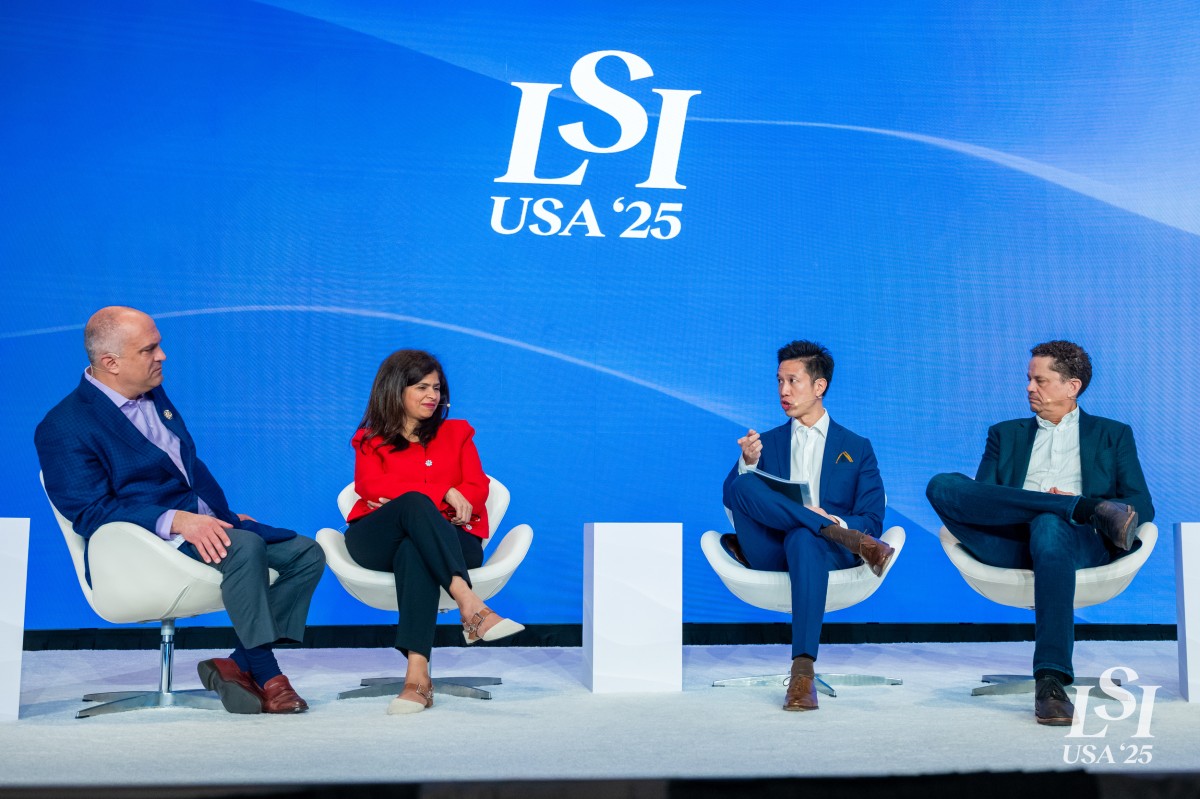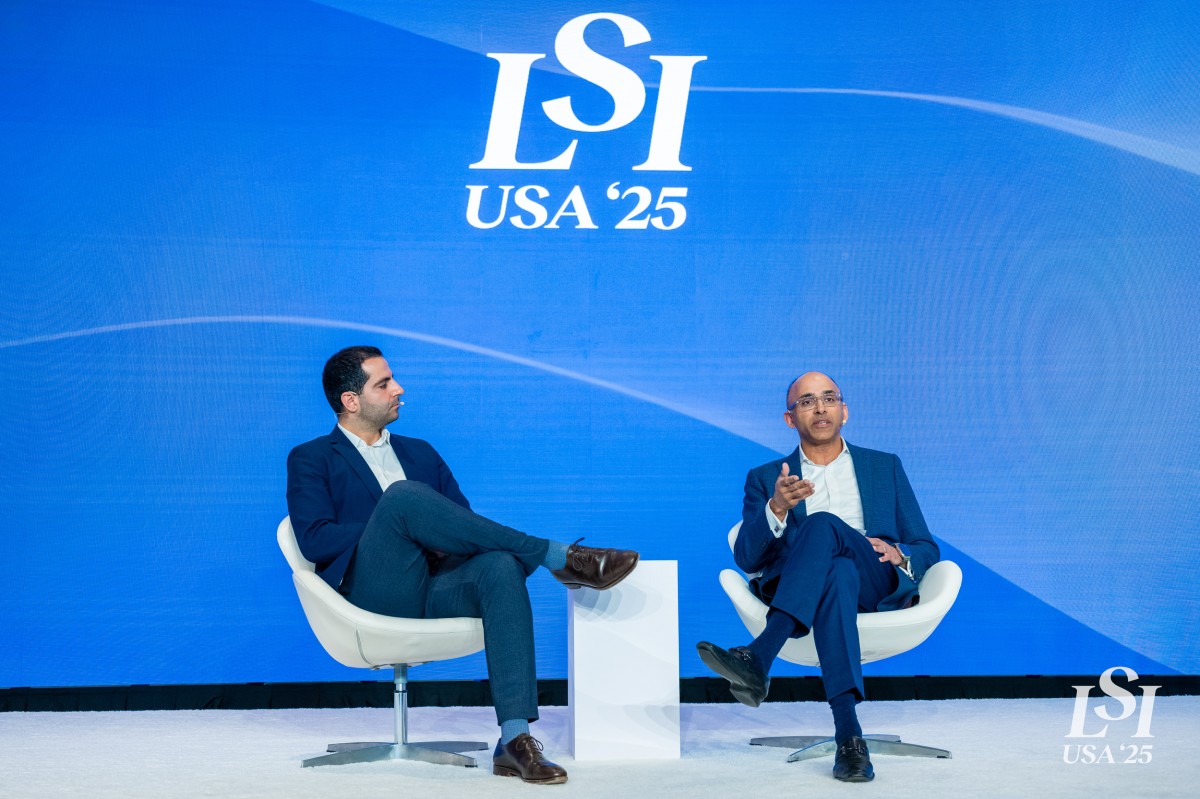
At the LSI USA ‘24 Emerging Medtech Summit, industry leaders convened to discuss the burgeoning opportunities and persistent challenges of integrating AR and VR in healthcare. The panel featured insights from Richard Vincent of FundamentalVR, Bhavesh Barot of Truffle Capital, and Rachel Van Stratton-Kirk of Johnson & Johnson MedTech, each bringing a unique perspective on the medtech market.
Economic Constraints and Innovation Challenges
The panel highlighted significant economic challenges that have slowed the adoption of innovative technologies in the medtech market. The macroeconomic environment over the past 18 months has led to major restructurings within organizations, impacting budget allocations and stifling innovation.
“There isn’t one organization here that hasn’t had a major restructure—moved people around or out of the organization, restructured their budgets, and thought hard about where they spend. As a result, innovation comes under the spotlight. In some cases, that’s meant a slower move into this space than we would have otherwise expected to see,” said Richard Vincent. This caution stems from financial constraints and the reluctance of individuals within these organizations to champion new, unproven approaches amid economic uncertainty.
Proof of Concept and Implementation Difficulties
Despite the enthusiasm for AR and VR in healthcare, many organizations have faced challenges in implementation and scaling. The effectiveness of these technologies often diminishes quickly, and managing the logistics can be a significant task.
Vincent noted, “What they’ve discovered—and this is the most fundamental one—is that having an app is just the beginning of the journey. Making it impactful for the business is quite a big task.” This sentiment demonstrates the complexity of integrating new technologies into established medical practices.
Funding and Investment Headwinds
Securing investment in the current climate is challenging—particularly for innovative technologies like VR and AR. Medical device investors are demanding strong justifications for funding, including robust real-world evidence, a capable management team, and a clear pathway to exit.
“In today’s climate, it’s a buyer’s market. You must have some strong justification. What’s the proof of the technology? Can it really work?” explained Bhavesh Barot. This stringent scrutiny highlights the need for startups to present compelling, data-backed cases to attract investment.
Workflow Integration and Adoption
The adoption of AR and VR in healthcare hinges on their ability to integrate seamlessly into existing workflows. Technologies that disrupt established practices face significant resistance from medical professionals who are already pressed for time.
Rachel Van Stratton-Kirk emphasized, “We always know that if it impacts workflow, there is no adoption, or it’s minimal adoption.” This reality underscores the importance of developing solutions that enhance rather than hinder current medical procedures.
Training and Preoperative Applications
AR and VR technologies hold significant promise for training and preoperative planning. These technologies can simulate surgical environments, providing valuable experience and preparation for medical professionals without the need for physical resources.
Vincent elaborated, “In the robotics space, there’s a learning curve—say 50 cases to become proficient. At the end of a 12-hour shift, I won’t want to spend an hour or two sitting at a console in a sim center or dark OR. But, If you can take that home with you, you can get in 20 or 30 reps at your convenience, then come to the cadaver lab session.” Such applications can save time, reduce costs, and improve surgical proficiency, making a compelling case for their integration into medical training programs.
Subscription Models and Revenue Generation
The preferred business model for VR/AR technologies is subscription-based, allowing continuous updates and improvements. However, not all customers are ready for this model—and there is ongoing debate about how to best monetize these technologies.
Vincent shared, “A subscription model is certainly the route that we prefer to go. Not all of our customers are ready to buy that way.” This evolving landscape requires flexibility and innovation in how these technologies are marketed and sold.
AR and VR in Healthcare: Looking Ahead
The full recording of the panel can be found in LSI’s resource hub at the link below:
The panel discussion illuminated both the potential and the challenges of integrating AR and VR in healthcare. Economic constraints, implementation difficulties, and the need for seamless workflow integration are significant hurdles. However, the promise of improved training, enhanced preoperative planning, and innovative business models offer a path forward.
For medical device investors, the key takeaway is clear: the VR/AR sector in the medtech market holds significant potential, but success will require robust evidence, strategic investment, and a keen understanding of the medical field’s unique demands. As these technologies continue to evolve, their impact on the future of healthcare could be transformative.
-Joe-Mullings,-Andrew-ElBardissi,-Ramin-Mousavi,-Addie-Harris,-and-Josh-Makower.png)






